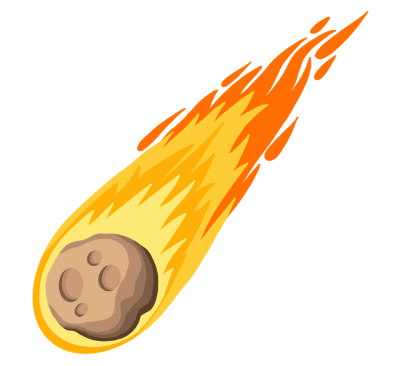Worksheet Solutions: Solar System | General Knowledge for Young Learners - Class 1 PDF Download
| Table of contents |

|
| Multiple Choice Questions (MCQs) |

|
| Fill in the Blanks |

|
| Match the Column |

|
| True or False |

|
| Short Answer Questions |

|
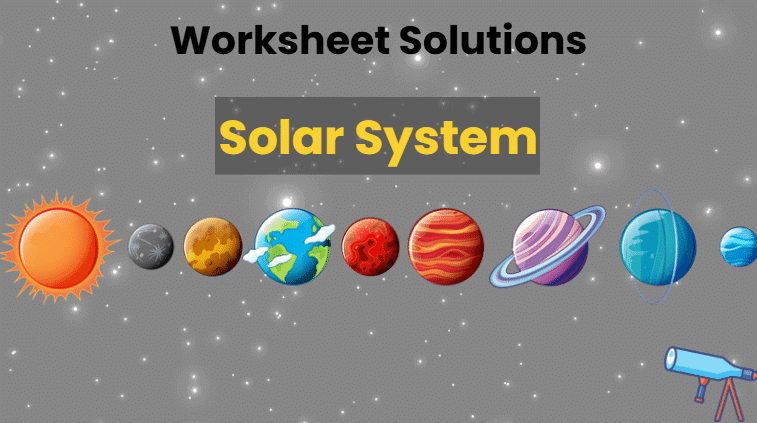
Multiple Choice Questions (MCQs)
Q1: Which planet is known as the "Red Planet"?
a) Earth
b) Mars
c) Jupiter
d) Venus
Ans: b) Mars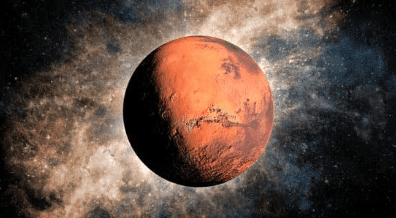
Q2: Which planet is named after the Roman god of the sea?
a) Saturn
b) Jupiter
c) Neptune
d) Uranus
Ans: c) Neptune
Q3: What do we call the path a planet takes around the Sun?
a) Circle
b) Orbit
c) Rotation
d) Spin
Ans: b) Orbit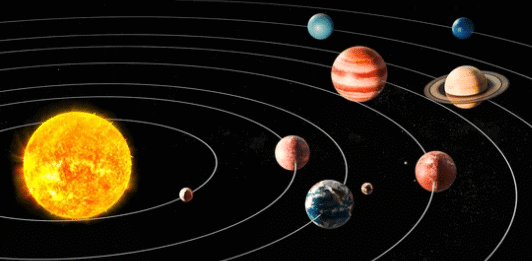
Q4: What causes the auroras or "Northern Lights"?
a) The Moon
b) The solar wind
c) Comets
d) Asteroids
Ans: b) The solar wind
Q5: Where do most asteroids live?
a) Between Earth and Mars
b) Between Mars and Jupiter
c) Near the Sun
d) Beyond Neptune
Ans: b) Between Mars and Jupiter
Fill in the Blanks
Q1: The planet closest to the Sun is _________.
Ans: The planet closest to the Sun is Mercury.
Q2: The largest planet in our solar system is _________.
Ans: The largest planet in our solar system is Jupiter.
Q3: The Sun is made up of two main gases, __________ and __________.
Ans:
The Sun is made up of two main gases,
Hydrogen and Helium.
Q4: The glowing light shows in the sky caused by the solar wind are called __________.
Ans: The glowing light shows in the sky caused by the solar wind are called Auroras (or Northern Lights).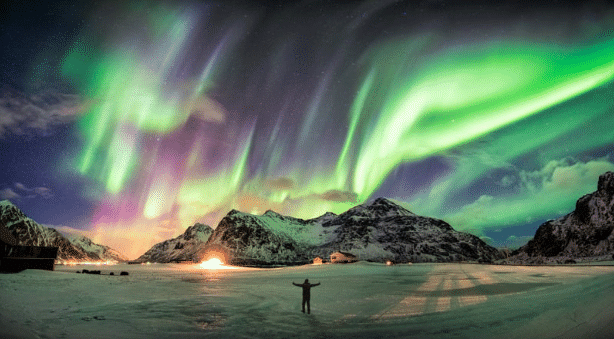
Q5: The planet that looks blue because of methane in its atmosphere is __________.
Ans: The planet that looks blue because of methane in its atmosphere is Neptune.
Match the Column
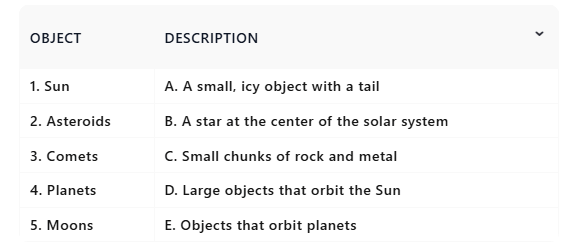
Ans:
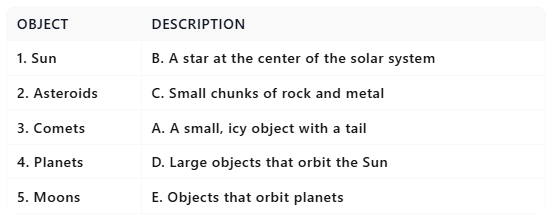
True or False
Q1: Saturn has beautiful rings made of ice and dust.
Ans: True
Q2: Pluto is still considered the ninth planet in our solar system.
Ans : False
Scientists found out that Pluto is very small and shares its space with other objects. So, they decided to call it a "dwarf planet" instead of a regular planet. Now, we have only eight planets in our solar system.
Q3: The Sun contains more than 99% of all the material in the solar system.
Ans : True
Q4: Comets are made of rocks and metals.
Ans : False
Comets are made of ice and dust, not rocks or metals. When they come close to the Sun, the ice melts and makes a glowing tail that looks like a shining light in the sky.
Q5: The solar wind is hot air blowing from the Sun.
Ans: False
The solar wind is a stream of tiny particles.
Short Answer Questions
Q1: Why is the Sun important for us?
Ans: The Sun gives us light and heat, which helps plants grow and keeps us warm.
Q2: Why do we see shooting stars in the sky?
Ans: Shooting stars are small asteroids or meteors burning up in Earth's atmosphere.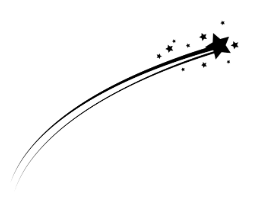
Q3: How long does it take Earth to complete one orbit around the Sun?
Ans: It takes Earth 365 days to complete one orbit around the Sun.
Q4: What is the difference between a planet and a dwarf planet?
Ans: Planets are large and clear their orbits of debris, while dwarf planets are smaller and share their orbits with other objects.
Q5: Why is Earth special compared to other planets?
Ans: Earth is special because it is the only planet with life, water, and air.
Q6: Name two gas giants in our solar system.
Ans: Jupiter and Saturn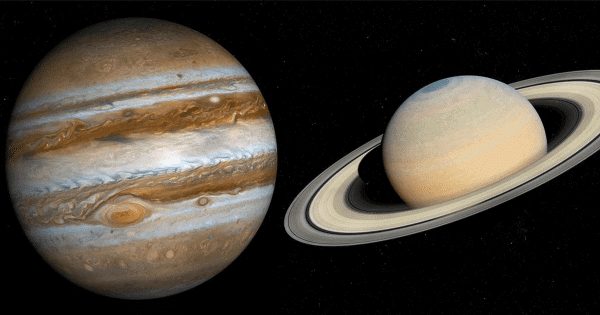
Q7: Why does Uranus look blue-green?
Ans: Uranus looks blue-green because of the methane gas in its atmosphere.
Q8: What is the difference between terrestrial planets and gas giants?
Ans: Terrestrial planets are small, rocky, and have solid surfaces (e.g., Earth, Mars). Gas giants are large, made mostly of gases like hydrogen and helium, and do not have solid surfaces (e.g., Jupiter, Saturn).
|
52 videos|107 docs|40 tests
|
FAQs on Worksheet Solutions: Solar System - General Knowledge for Young Learners - Class 1
| 1. What is the solar system? |  |
| 2. How many planets are there in the solar system? |  |
| 3. What is the largest planet in the solar system? |  |
| 4. What is the order of the planets from the Sun? |  |
| 5. What is an asteroid belt? |  |

